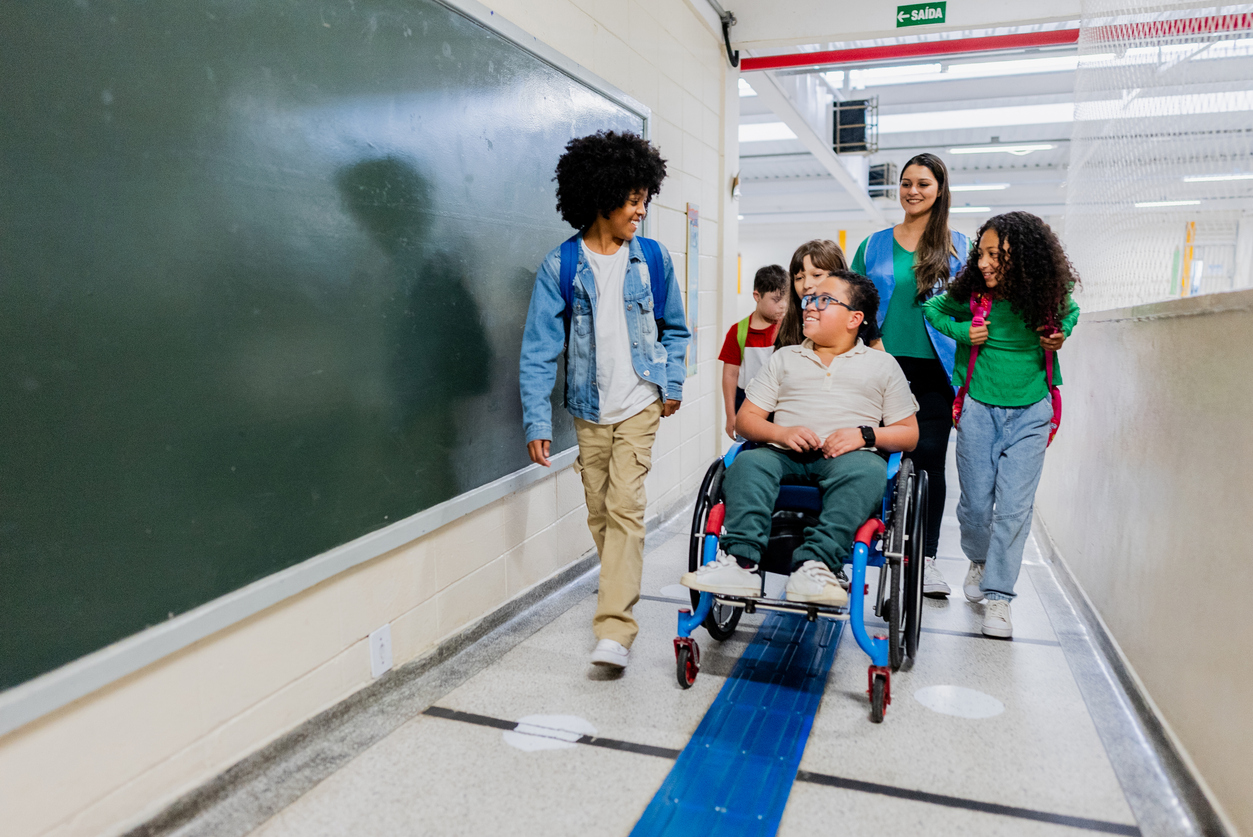
Osteogenesis Imperfecta (OI), commonly known as brittle bone disease is a genetic bone disorder that can significantly impact a child’s life, but with proper understanding and management children with (OI) can thrive.
OI results from defects in genes that prevent the body from forming collagen, a crucial protein that provides support to our connective tissues and bones. These defective genes can be inherited from one or both parents, or sometimes they arise from a spontaneous mutation. While the majority of cases involve mutations in the COL1A1 or COL1A2 genes (which code for collagen type I alpha chains), remarkable advancements in the past decade have identified at least 17 other genes linked to OI.
Initially, OI was classified into four types (I-IV), but now it is classified with eight distinct types. It’s important to remember that even within the same type, individuals can present with varying characteristic features.
Common Types
Recognizing and Diagnosing OI
The symptoms of OI vary greatly, not only between types but also within types, ranging from very mild to profoundly severe. Some babies are born with noticeable signs like short arms and legs, a small chest, or even existing fractures. A baby might also have a larger-than-normal head, or a deformed face, chest, or spine. It’s crucial to understand that symptoms are unique to each child.
OI is present at birth, and diagnosis is typically made based on your baby’s current symptoms, coupled with a thorough family and pregnancy history. The milder forms of OI can be particularly challenging to diagnose as their symptoms may mimic other medical conditions. If OI is suspected, your physician may refer you to a geneticist, a specialist in genetic conditions.
Diagnostic testing can include:
Lifelong Management and Treatment Goals
OI is a lifelong condition, and treatment plans are highly individualized, depending on your child’s symptoms, age, general health, and the severity of their condition. Our primary goal in treatment is always to prevent deformities and fractures and help your child achieve the greatest possible level of self-sufficiency and independence.
Treatment strategies often involve a combination of approaches:
Non-surgical interventions:
Surgical interventions:
The COSSA surgeons are committed to working closely with you and your child to develop a comprehensive and personalized care plan. We are here to support you in managing OI and helping your child live a full and active life.
It is important to take your child to pediatric specialists who are experts in treating only kids. At Children’s Orthopaedic and Scoliosis Surgery Associates, LLP our board certified, fellowship trained, specialists provide the best child-friendly care using the latest cutting-edge technology that results in the safest and most accurate outcomes. Please call our office at (727) 898-2663 to schedule an appointment.
Medically reviewed by Daniel C. Bland, MD Board Certified Orthopaedic Surgeon.
Children’s Orthopaedic and Scoliosis Surgery Associates LLP provides information and articles as a service to our readers. No content on this site, regardless of date, should ever be used as a substitute for direct medical advice from your doctor or other qualified clinician. This blog provides general information and discussions about health and related subjects. The information and other content provided in this blog, or in any linked materials, are not intended and should not be construed as medical advice, nor is the information a substitute for professional medical expertise or treatment, If you have a medical concern, you should consult with your health care provider or seek other professional medical treatment. If you think you may have a medical emergency, call your doctor or emergency services immediately. The opinions and views expressed on this blog and website have no relation to those of any academic, hospital, health practice or other institution.